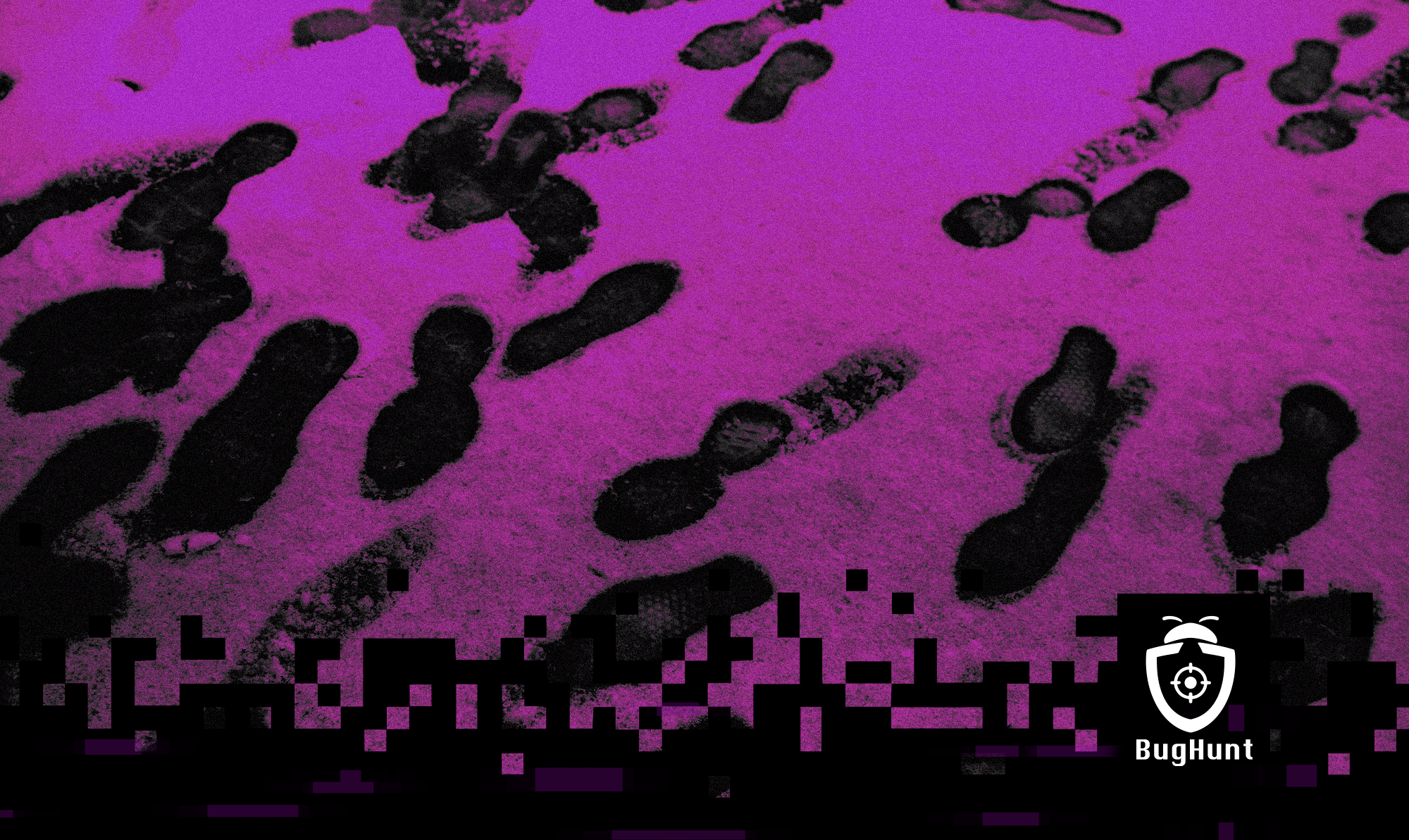Digital footprint: What is important to know about it?

Currently, the internet is used by thousands of people for many hours a day, whether for work or leisure. This frequent use does not go unnoticed, and from it, a digital footprint is created.
From the digital footprint, it is possible to trace not only your online activities but also your devices connected to networks.
What is the digital footprint?
Many are mistaken in thinking that their online actions go unnoticed. Even if you do not consider yourself a "significant" personality, all your steps on the web are tracked and can attract a lot of attention.
Also known as an electronic footprint or digital shadow, the digital footprint is the set of information that users leave behind, creating a "trail" of their online actions.
Whenever a user goes online, they leave a digital footprint. These can be active, with the user being aware that they have left information behind, or passive, without the user realizing the action.
These data are recorded from social media posts to accepting cookies on various websites and downloading applications.
Many of this information is used by marketing companies to sell products and services to web users. Various user characteristics can be determined from their digital footprint.
For instance, when you receive numerous ads for sneaker brands after visiting a shoe store's social media profile, you left a digital footprint there, and companies began to bombard you with ads to get you to buy sneakers from them.
This is one of the simplest examples of how a digital footprint can influence your online experience.
However, there are other situations, considered even dangerous, that use this information for cybercrimes, such as phishing, where the cybercriminal needs user information to lure them to a malicious link.
Types of Digital Footprints
As mentioned earlier, digital footprints can be divided into two types: active and passive. More specifically, they are:
Active When a user consciously shares information or data. This can happen through a social media post, logging into a website or app, registering a profile on a platform, or filling out forms, for example.
Passive In this situation, user information is collected without their awareness. Common examples include cookies, which, although they now require authorization, make browsing a website difficult if not accepted, ads based on searches and preferences, and how many times you visit a site.
The Dangers of Digital Footprints for a Company
Although digital footprints are often used legally, even in various criminal investigations, they can also be a source of theft and online fraud.
It is unfortunately possible for an organization to sell or share its information with other companies and malicious third parties, thereby compromising data and even confidential access.
This can lead to targeted attacks, including breaches and other well-known cybercrimes.
Within a company, the digital footprint is even more dangerous. An employee using company devices for work might inadvertently expose confidential information and even client data through a passive digital footprint.
This becomes more common in remote and hybrid work setups, where company computers are sometimes also used for personal tasks.
How to Protect Your Company from the Dangers of Digital Footprints
Now that you know some of the dangers of digital footprints, you might be wondering how to protect against the issues this internet feature brings, right?
Firstly, it is crucial for your company to keep all software up to date, as well as antivirus programs.
Policies on the use of company computers and other devices are also important for better control of what will be accessed and how these devices are used.
On a more personal note, checking privacy settings on social media is a key factor in understanding what digital footprints you are leaving on platforms.
Reduce the number of registrations and profiles you have on random websites. Focus your logins only on necessary and trustworthy platforms and sites.
Deleting old accounts and profiles, and being very cautious with untrustworthy sites are tips that may seem obvious but also help protect your company and you from potential dangers.
And of course, it's not possible to talk about prevention methods without mentioning investment in cybersecurity resources. Investing in a Bug Bounty program or VDP, for example, can help your company proactively protect against cyberattacks.
BugHunt, Brazil's first Bug Bounty platform, works with information security experts ready to identify signs, even the most detailed, of vulnerabilities and failures on your company's website or system.

